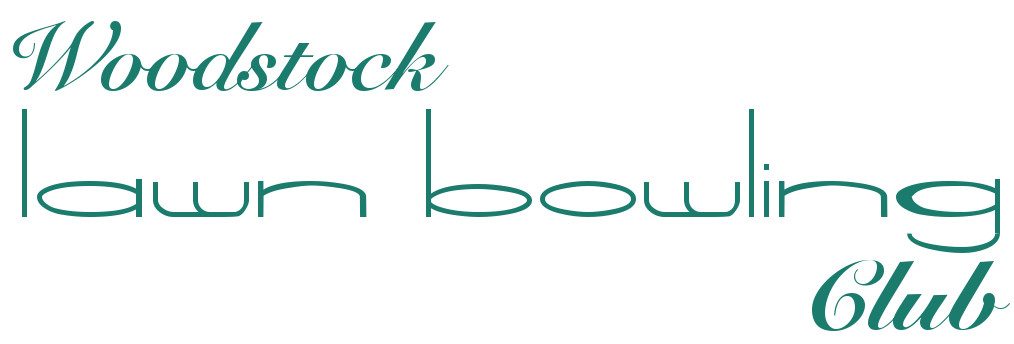History of Lawn Bowling & the WLBC
The origins of the game of Bowls, or Lawn Bowling as it is commonly referred to in Canada, are obscure yet it is known that the game, or versions of it, has spanned many civilizations. Archaeologists have uncovered biased stone bowls dating back to 5000 BC in ancient Egypt! A version of the game was known as “bocce” in Caesar’s time and it is generally believed that the Roman Legions may have introduced the game to Europe. Records of lawn bowling in England & Scotland date back to the 12th Century; the oldest active Lawn Bowling Club in the world, established in 1299, is the Southampton Old Bowling Green.
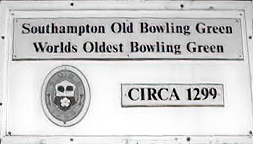
Scotland embraced the game and, with the establishment of the Scottish Bowling Association late in the 19th century, rules and a Code of Ethics were set. Soon after other nations created their associations and adopted the principles set forth by the Scots. A large number of immigrants of British, Irish and Scottish backgrounds settled in the Woodstock area in the mid-1800’s and the popularity of the game grew here as well.
The Woodstock Lawn Bowling and Tennis Club was established in 1894 with James Canfield as its first President, D.W. Karn as Vice-President and W.C. Rhodes as Secretary-Treasurer. Other members of the first Executive Committee included A.E. Longmore, C.W. McCuaig, C.E. Stewart, Dr. A.B. Welford, W.A. Grosset and F. Millman. The image shown is that of James Canfield.
The first meeting of the Woodstock Lawn Bowling and Tennis Club was held, in early March, at the Molson Bank, located then at the southeast corner of Dundas & Perry Streets. Membership fees were set at $5.00/year (~$175/yr in today’s economy).
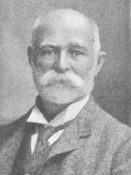
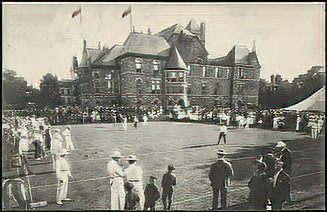
The Club successfully petitioned the County Council to use the grounds on the Graham Street side of the County Court House. The Club held its grand opening on June 19, 1894, with lemonade , cake and ice cream being served by the ladies. Ladies were allowed to have afternoon tea at the Club but the sessions were not be be elaborate affairs.
Though the Club stopped playing tennis in 1920, the lawn bowlers remained resilient and continued to use the grounds. The members had access to lockers in the basement of the Court House. In 1952 the County advised the Club that they would have to move as the grounds would be needed to construct a Land Registry Office. The image shown here dates back to the first decade of the 20th century; the occasion marked a visit by a contingent of British lawn bowlers. The Court House is visible in the background.
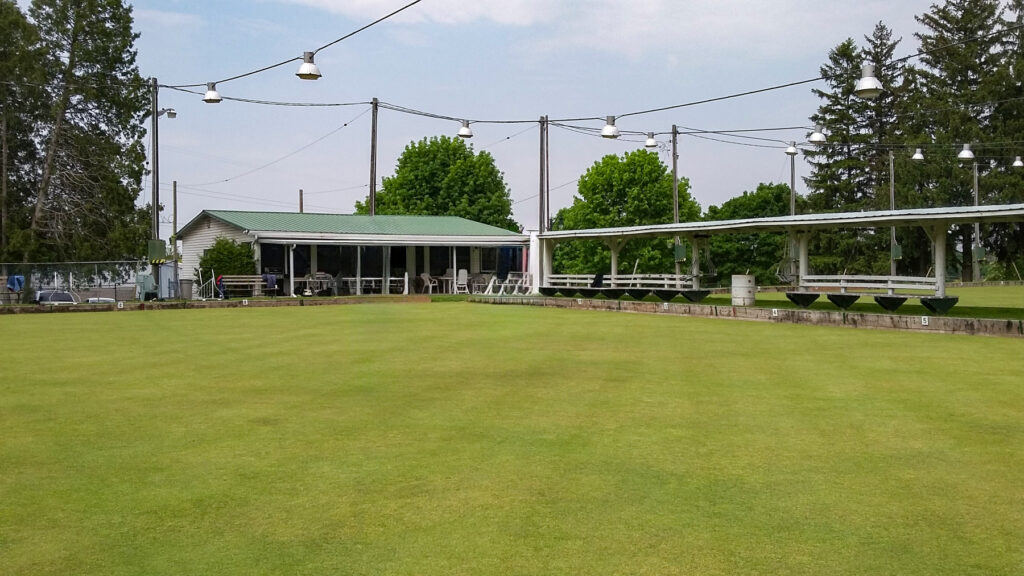
The Club signed a lease with the City to relocate to the site of the present day facility and, on July 20, 1955 the Club re-opened its doors. P.L. Canfield donated the lumber for the new clubhouse and Dr. Weston Krupp matched, dollar for dollar, any monies that the membership were able to raise for the construction of the new facility.
Throughout the years the Club has had many members who have gone on to become not only Club and Provincial champions but Canadian, British Empire, and American Lawn Bowling Association champions. The Club has hosted many lawn bowling contingents from around the world and has proudly hosted District, Provincial, and Canadian. It widely known for the superb quality of its greens.

